SGEM Xtra: No Retreat, No Surrender – Thrombolysis for Acute Ischemic Stroke
The Skeptics' Guide to EM
FEBRUARY 26, 2019
This has been through various peer reviewed publications, doing Emergency Medicine Abstracts (EMA) audio program […] The post SGEM Xtra: No Retreat, No Surrender – Thrombolysis for Acute Ischemic Stroke first appeared on The Skeptics Guide to Emergency Medicine. It appears his concerns may have come true. Six trials showed no benefit.





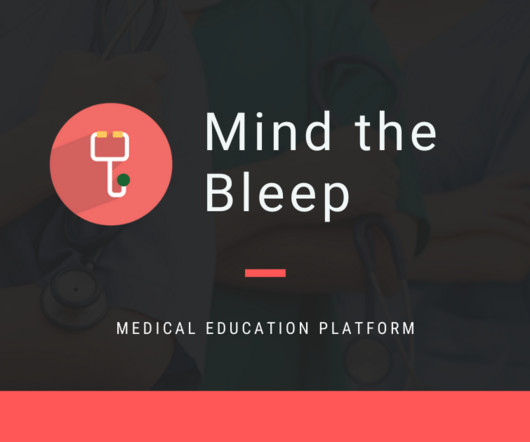












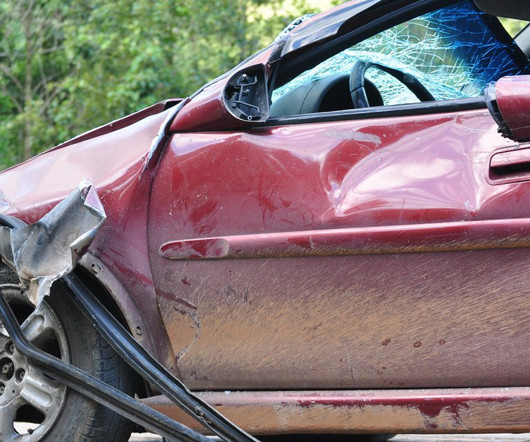
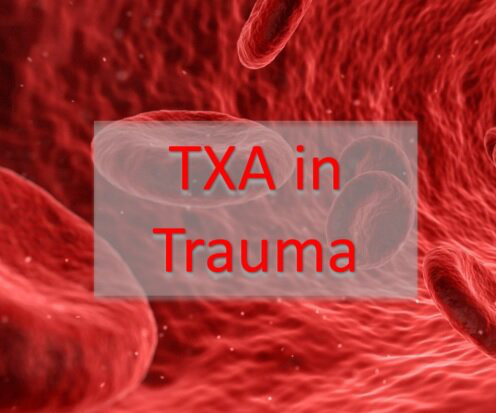



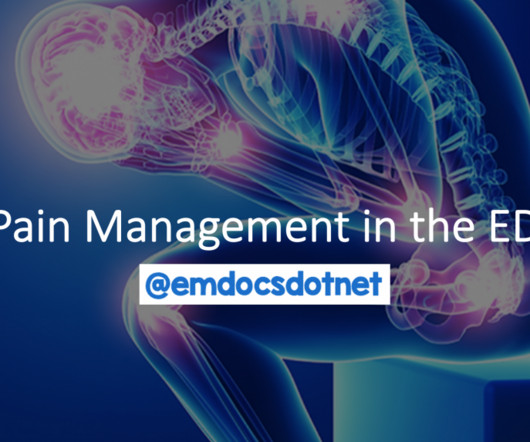


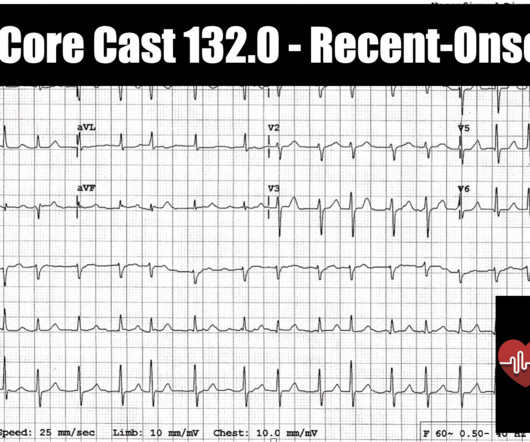

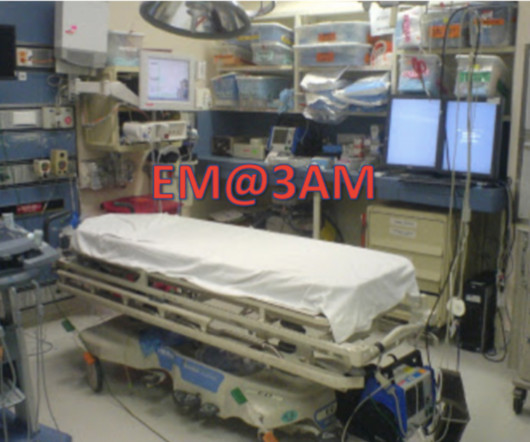






Let's personalize your content